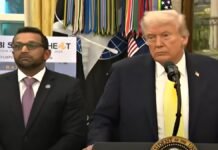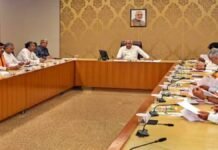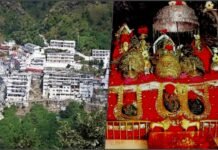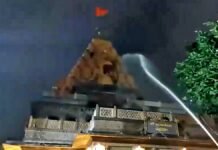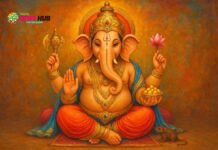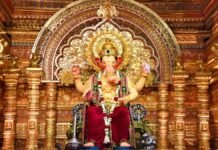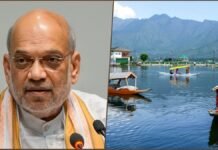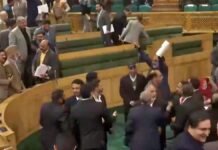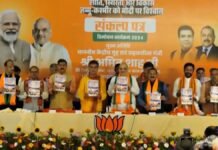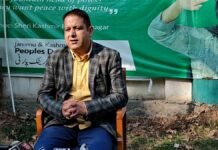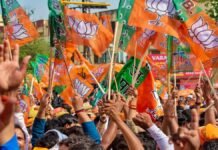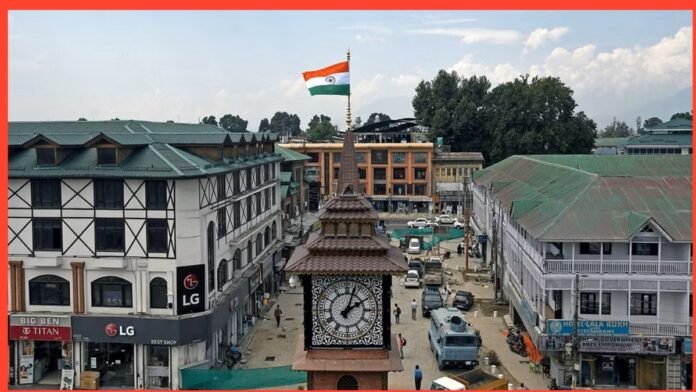
New Delhi: On August 5, 2019, the Indian government took a historic step by hollowing out Article 370 of the Indian Constitution through a presidential order. This move overturned a status quo that had lasted for nearly 70 years. Under Article 370, the erstwhile princely state of Jammu and Kashmir enjoyed special status, granting it its constitution, laws, and administrative services. Simultaneously, the Indian Parliament reorganized the region into two union territories: Jammu and Kashmir, and Ladakh. Unlike Indian states, union territories are federally governed, effectively centralizing control over the region.
Security Concerns and Increased Measures
Fast forward five years, and the situation remains complex. Security arrangements have been heightened across Jammu and Kashmir in anticipation of potential terrorist attacks. Convoys of security forces now patrol the National Highway and other routes. Additionally, the annual Shri Amarnath Yatra has been postponed for a day due to security considerations.
Political Landscape
While the Bharatiya Janata Party (BJP) celebrates Ekaatm Diwas (Unity Day), non-BJP parties have declared it as Black Day. Leaders from parties like the People’s Democratic Party (PDP) and the National Conference have accused the government of placing them under house arrest. Non-BJP parties had planned rallies against the repeal of Article 370, but their efforts faced challenges in organizing rallies within Kashmir. In Jammu, PDP workers staged a protest rally outside the party headquarters.
Maha Rally and Peace Restoration
On the occasion of Ekatma Diwas, the BJP organized a grand Maha Rally in RS Pura, a border area with Pakistan. Coal Minister G Kishan Reddy addressed the gathering, emphasizing the restoration of peace, security, and trust in Jammu and Kashmir after the repeal of Article 370.
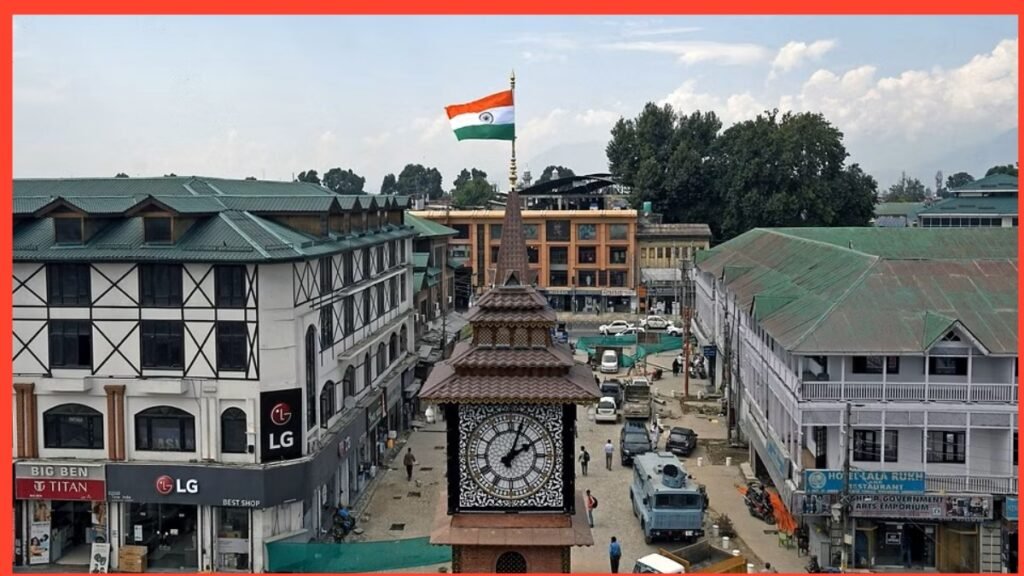
The Reorganization Act
Five years ago, on August 5, 2019, the Indian Parliament passed the Jammu and Kashmir Reorganization Act. This act not only removed Article 370 but also abolished Article 35A. As a result, the separate constitution and flag of Jammu and Kashmir ceased to exist, and all central laws were uniformly applied in the region. Furthermore, Jammu and Kashmir were reorganized into two union territories: Jammu and Kashmir, and Ladakh.









